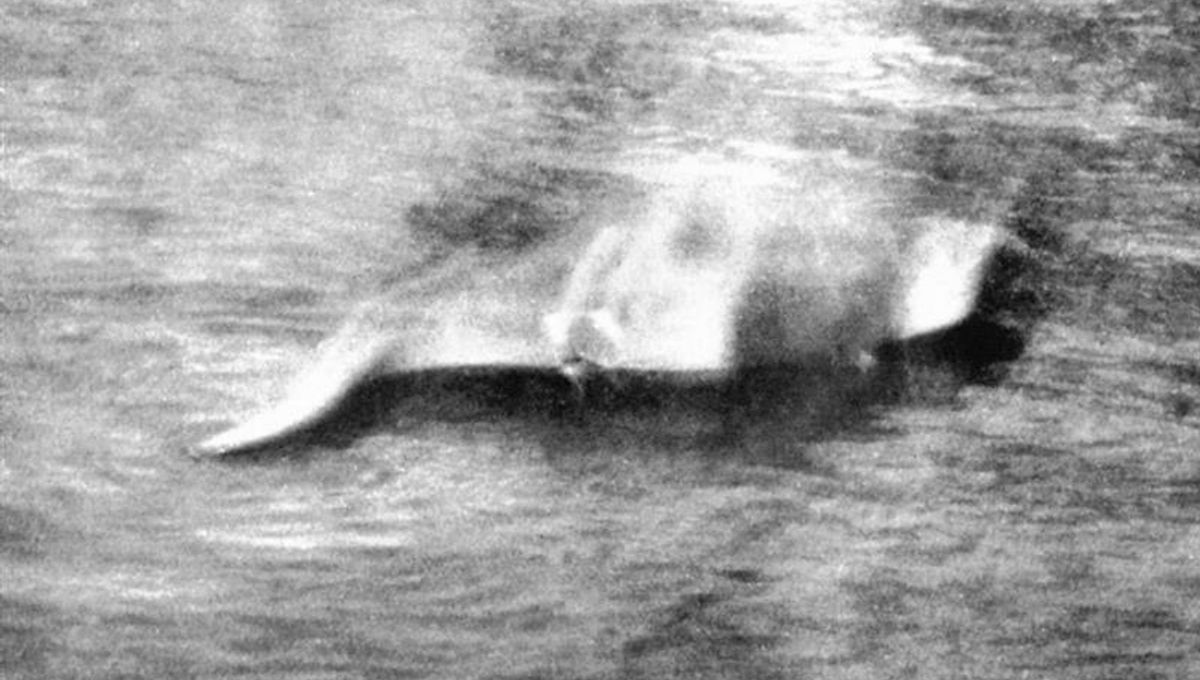
On November 12, 1933, one man allegedly photographed something strange and mysterious lurking in Loch Ness, Scotland. It has now been 90 years since this famous photo appeared to the public, and the frenzy it generated is very much still alive.
Creating a legend
It was apparently a sunny Sunday afternoon in the Scottish Highlands when Hugh Gray took a walk around the now iconic loch located near Inverness. As he enjoyed his stroll, so the story goes, Gray noticed something unusual in the water. As he later told the Scottish Daily Record, there was “an object of considerable dimensions” rising above the surface. It had a long neck and thick body and was unlike anything he had ever seen before. Thankfully, Gray was armed with his own portable Kodak box camera, so he managed to take a few shots of the unknown beastie before it disappeared into the gloomy waters once more.
To be sure, the quality of the photo is far from anything we would expect to see with today’s camera technology. The image is black and white, and whatever appears in it is blurred and indistinct. But at the time, the picture was hailed as indisputable proof of the legendary Loch Ness Monster, which had been glimpsed in the loch for centuries.
Gray’s story and photograph came at a time when the monster was already receiving attention. Earlier that year, George Spicer and his wife were driving around the highlands when they too saw something large in the water. They described it as having a huge limbless body and a long neck. Their story had piqued the public’s interest and probably contributed to the excitement created by Gray’s photo.
These stories transformed Nessie, as it is affectionately known, from a local legend to a global mystery that brought thousands of eager monster hunters to the loch’s shoreline, each hoping to see something of the beast below the surface. But the photo is far from conclusive, despite what its supporters claimed. To some, it is a giant aquatic animal, to others it could be a swan ducking below the water or even a Labrador swimming with a stick in its mouth.
Then, on April 21, 1934, the Daily Mail published what is called the “Surgeon’s Photograph” which was apparently captured by a doctor named Robert Kenneth Wilson. The photo is probably the most famous image of the Loch Ness Monster with its long neck and top of its body appearing above the water. Despite the popularity surrounding this photo, Dr Wilson apparently refused to have his name associated with it, hence it gained the title of the Surgeon’s Photograph.
For decades, no one analyzed the photo in any great detail. That is, until 1984 when it was featured in an article in the British Journal of Photography. According to author Stewart Campbell, the thing in the water could only be a few feet long at best, and probably shows an otter or bird. Campbell argued that this was probably known to Wilson when he submitted the photo.
However, Campbell was not quite right. As it turns out, the iconic Nessie in the photo was actually a toy submarine fitted with a makeshift serpent head. So much for solid proof.
The search continues
Today, the search for Nessie is alive and thriving. In August this year, the Lock Ness Centre in Drumnadrochit, Scotland, gathered monster hunters from across the world to take part in the biggest hunt in half a century. The search included drone pilots and observers scanning the water’s surface for any sign of the legend. And what did they find? Very little.
Time and time again, people claim to have evidence of this enigmatic cryptid and it either turns out to be a photo of a typical aquatic animal or a hoax. What does this leave us with? Well, some believe Nessie may actually be an example of large eels living in the loch, while others simply dismiss it altogether.
So, 90 years of Nessie excitement and nothing substantial to show for it. Still, at least the new fake photos are of a better quality.
Source Link: 90 Years Ago, The First Photographic “Evidence” Of The Loch Ness Monster Was Revealed